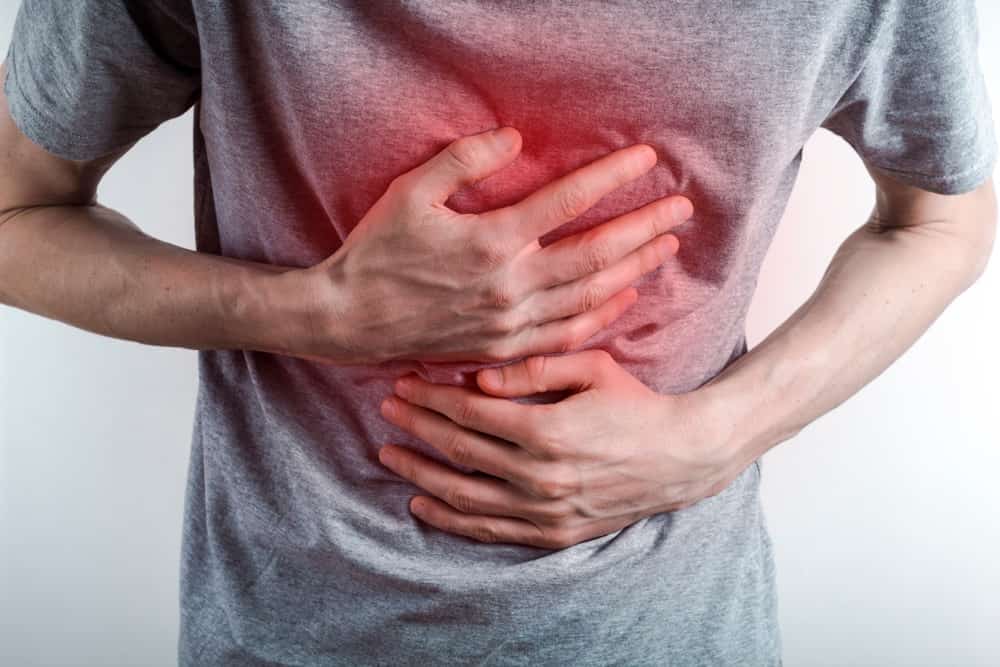The stomach is a very complex structure. It handles an incredibly high amount of acid without affecting its walls. It’s an exception to the rule because if the stomach contents were to spill into the abdominal cavity, the strong acid and digestive enzymes would destroy everything on their way. The stomach has complex molecular reactions that protect its walls against damage, but when the equilibrium is lost, gastritis, acid reflux, and other peptic problems ensue.
Acid reflux is often how these problems with stomach acidity start. Instead of staying in the stomach, the gastric fluids travel through the esophagus, which is not prepared and does not have the metabolic machinery to counter the effects of acid. In some cases, acid reaches the throat and causes more noticeable signs and symptoms.
Acid reflux can be an episodic problem affecting patients after eating a fatty meal or a more permanent ailment called GERD. In Gastroesophageal Reflux Disease (GERD), patients have a chronic condition, permanent issues with acid reflux, and different problems that come along and complicate the disease.
In this article, you will find the most important signs and symptoms of acid reflux, which is sometimes an isolated episode but can also be included in a chronic disease known as GERD.
Acid reflux symptoms
The signs and symptoms are:
1. Heartburn

The stomach pain that is often associated with an increase in acid is not very different from that of gastritis. Patients report a burning or dull pain, sometimes just an abdominal discomfort, located between the belly button and the breastbone, right in the middle line of the abdomen. They often feel more pain when the stomach is empty, and this dull pain is often confounded with hunger and other unpleasant sensations. It is very common to have a sleepless night or stop in the middle of the night with burning pain.
This burning abdominal pain is caused by the increased acidity in the stomach and the continuing wear down of its walls. The internal lining of the stomach does not have nerve terminals and does not cause pain directly. Instead, the escalating injury to the stomach starts to release inflammatory substances, and this inflammation in the abdominal cavity triggers the nerve terminals located throughout the abdominal wall. That’s why the pain sensation is poorly located but placed near the stomach.
Another characteristic of this pain is that it is often relieved by taking antacids and sitting up instead of lying Patients may find some relief by sipping on cold water, but this may have a rebound effect after a while.
